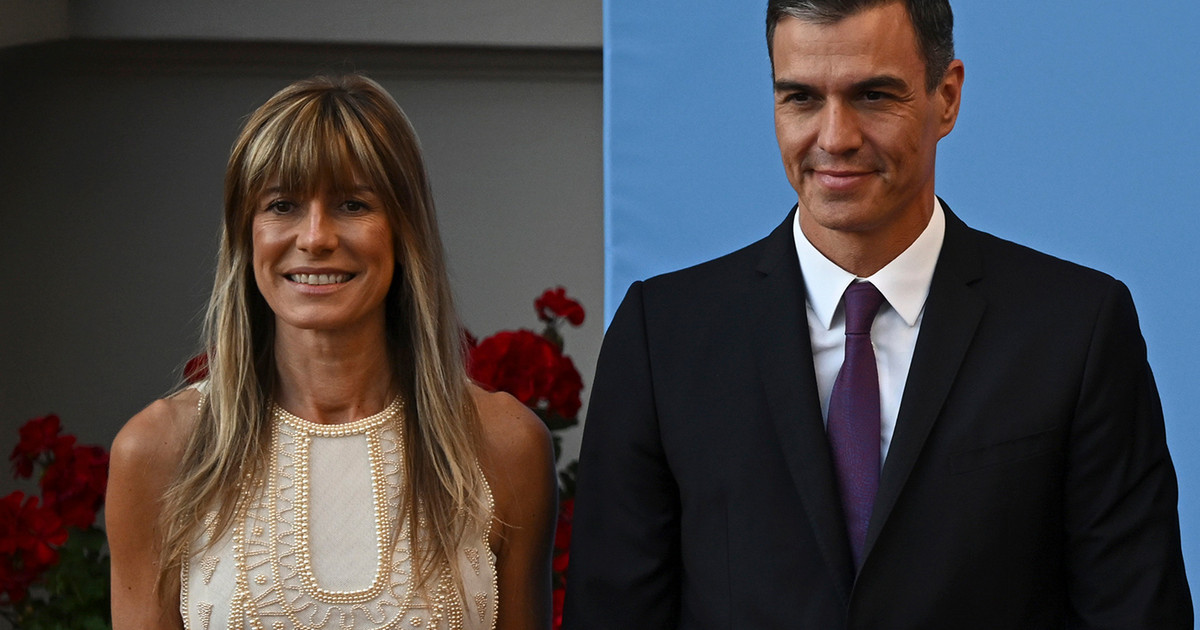This is a long-awaited moment. The launch of the James Webb Space Telescope, NASA’s main observatory for the next decade, is scheduled for December 18 in French Guiana.
The telescope was delayed for years, in addition to a number of factors caused by the pandemic and technical challenges. But now the world’s most powerful space observatory will answer questions about our solar system, study exoplanets in new ways, and look at our universe in a deeper way we couldn’t do before.
James Webb will look at the atmospheres of exoplanets, some of which are potentially habitable, and may uncover clues to the ongoing search for life outside Earth.
The telescope is equipped with a mirror that can reach 6.5 meters, a length that will allow the equipment to capture more light from objects observed when in space. The more light the mirror captures, the more detail the telescope can see.
The mirror has 18 gold-plated hexagonal segments, each 1.32 meters in diameter.
According to NASA, it is the biggest mirror the agency has ever built, but its size ended up creating another problem. The mirror was so big it couldn’t fit on the rocket. So the telescope had to be designed as a series of moving parts that can fold up like an origami and fit within a 5-meter launch space.
Each space telescope builds on the knowledge gained from the previous one. In the case of James Webb, its mirror is nearly 60 times larger than previous space telescopes, such as the retired Spitzer space telescope. The observatory has also improved its sensitivity and resolution over the Hubble Space Telescope.
Webb will act as an infrared investigator, detecting light invisible to us and revealing hidden regions of space, according to NASA.
The telescope was first conceptualized as a successor to Hubble in a laboratory in 1989, and construction began in 2004. Since then, thousands of scientists, technicians and engineers from 14 countries have spent 40 million hours working on the telescope.
Now Webb is ready to help us understand the origins of the universe and begin to answer key questions about our existence, such as where we came from, and whether we are alone in the universe.
What Webb will see
The Webb telescope will look at every phase of cosmic history, including the first radiations after the Big Bang that created the universe and the formation of galaxies, stars and planets. Its particularities will allow the observatory to answer questions about our solar system and investigate weak signals from the first galaxies formed 13.5 billion years ago.
The scientific goals for Webb are ambitious, and scientists around the world will use their allotted time with the telescope to observe and analyze a wide spectrum of planets, black holes, galaxies, stars and the structure of the universe itself.
One of the main focuses is the formation and evolution of planets, both in our solar system and in the large number of specimens outside of it. Of special interest are planets located within the star’s habitable zone, an orbital region where a planet has the right temperature to have liquid water on its surface – suggesting that it could potentially support life as we know it.
The Spitzer telescope, as well as NASA’s ongoing Transit Exoplanet Research Satellite (TESS) mission, helped scientists set goals for Webb monitoring, including some of Spitzer’s “great successes” . Webb will be able to characterize exoplanets, going beyond Spitzer’s ability to measure the size of a planet, and see the intricate details of their appearance.
In February 2017, for example, astronomers announced the discovery of seven Earth-sized planets orbiting a star 40 light-years from Earth. With Spitzer’s help, the seven exoplanets were found close together in orbit around a cold dwarf star called TRAPPIST-1. Every planet is named TRAPPIST, a tribute by researchers to their favorite beer.
One of Webb’s goals is TRAPPIST-1e, which could harbor liquid water on its surface. Finding water can also suggest a potential for life. Another objective for the start of the mission is the WASP-18b, a “hot Jupiter” with atmosphere, according to NASA.
Webb is also equipped to shed light on the mysteries of planet formation. Based on Spitzer’s work studying brown dwarfs, objects that are too big to be planets but too small to be stars, Webb can take a closer look at the properties of its clouds.
The telescope will analyze an array of exoplanets and look into their atmospheres, if they exist, and help answer questions about how planets formed and evolved. Their spectroscopic data can tell scientists whether methane, carbon dioxide or carbon monoxide is present in the atmosphere. The gases within these atmospheres could reveal the foundation for life.
Other objects of interest for the initial scientific mission include observing the black hole at the center of the Milky Way, planetary systems in formation, bright quasars at the center of galaxies, and remnants of our solar system’s formation known as Kuiper Belt objects, including Pluto and its moon Charon.
what can he do
With all these adjectives, the Webb project was an extraordinary challenge. The observatory is made up of three main elements.
One of them is the Integrated Scientific Instruments Module, which contains the set of four Webb instruments. They will mainly be used to capture images or spectroscopy — breaking light into different wavelengths to identify physical and chemical components.
The second element of the telescope is the Optical, the main eye of the observatory, which includes the mirrors and the column, or backbone, which supports the mirrors. The third is called the Spaceship, which includes the space shuttle and the sun shield.
The shuttle includes the six major subsystems needed to operate the spacecraft, including controls for propulsion, electrical power, communication, data and temperature.
The five-layer sunshield unfolds to the size of a tennis court, and will protect the Webb’s gigantic mirror and its instruments from the heat of the sun, as they need to be kept at an operating temperature of -188°C.
The innovations used to design and build the telescope also have benefits for us on Earth. A technique was developed to quickly and accurately measure mirrors so they could be polished. It was then adapted for ophthalmologists performing grade-correction LASIK surgery, as it creates high-definition maps of patients’ eyes.
When will we see the first images?
Ever heard of the “seven minutes of terror” when the robot Perseverance landed on Mars? The Webb team will have a much longer and tiring waiting period. The agency referred to it as “29 days on the limit”.
After launching in French Guiana, the observatory will travel for about a month until reaching an orbit about 1.6 million kilometers from Earth. During these 29 days, Webb will open its mirrors and deploy the sun shield. This process involves thousands of parts that must work perfectly and in the right sequence.
Fortunately, each step can be controlled from Earth in case of problems.
The telescope will then undergo a six-month period of preparation in space, instrument cooling, alignment and calibration. All instruments will undergo a verification process to assess their functioning.
Next, Webb will begin collecting data, and the first images later in 2022. Thousands of scientists have been waiting for years to see what Webb can show us.
“The Webb telescope’s initial year will provide the first opportunity for many scientists around the world to observe specific objects with NASA’s next major space observatory,” said Thomas Zurbuchen, deputy administrator of NASA’s Directorate of Science Missions in a statement. “The science to be shared with the global community will be bold and profound.”
(*This text has been translated. Click here to read the original in English)
Reference: CNN Brasil
I’m James Harper, a highly experienced and accomplished news writer for World Stock Market. I have been writing in the Politics section of the website for over five years, providing readers with up-to-date and insightful information about current events in politics. My work is widely read and respected by many industry professionals as well as laymen.






